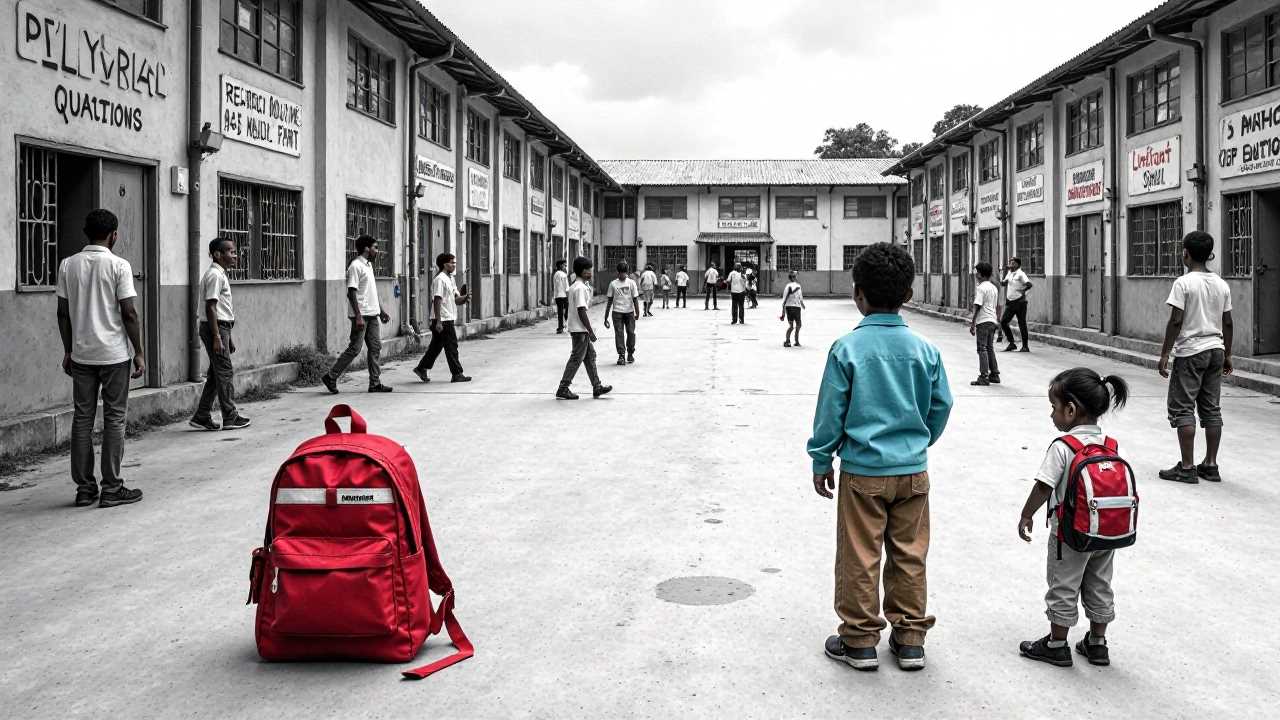
Understanding Global Education Inequality
Global education inequality remains a pressing issue that affects millions of children and adults worldwide. This disparity in access to quality education is not merely a statistic; it represents the dreams and aspirations of individuals who are often denied the opportunity to learn and grow. Global education encompasses the systems, policies, and practices that shape learning experiences across different regions. However, the stark inequality in educational resources, infrastructure, and opportunities creates a significant divide that must be addressed through comprehensive reporting and awareness.
The Role of Reporting in Highlighting Disparities
Reporting on global education inequality plays a vital role in bringing attention to the challenges faced by marginalized communities. Journalists and researchers can shed light on the systemic issues that contribute to these disparities, such as economic barriers, political instability, and cultural factors. By focusing on world news, we can amplify the voices of those affected and advocate for change. Effective reporting not only informs the public but also holds governments and organizations accountable for their commitments to improving access to education.
Access to Education: A Fundamental Right
Access to education is recognized as a fundamental human right. However, millions of children are still out of school due to various factors, including poverty, gender discrimination, and geographic location. In many developing countries, families struggle to afford school fees, uniforms, and supplies, which creates a cycle of poverty that is difficult to break. Disparities in educational access are often exacerbated by social norms that prioritize boys' education over girls', further limiting opportunities for half of the population.
Global Initiatives to Combat Education Inequality
Numerous global initiatives aim to address education inequality and promote access for all. Organizations such as UNESCO and UNICEF work tirelessly to implement programs that provide resources and support to underserved communities. These initiatives often focus on building schools, training teachers, and developing inclusive curricula that cater to diverse learning needs. By highlighting these efforts in world news, we can inspire further action and investment in education.
The Impact of Technology on Education Access
The advent of technology has the potential to transform education access, particularly in remote and underserved areas. Online learning platforms and digital resources can bridge gaps in educational availability, allowing students to access quality content regardless of their location. However, the digital divide remains a significant barrier, as many communities lack reliable internet access and technological devices. Reporting on these challenges is essential to ensure that technology serves as a tool for equity rather than a source of further disparities.
Case Studies: Success Stories in Education Equality
Examining successful case studies can provide valuable insights into effective strategies for combating education inequality. For instance, countries that have implemented universal primary education policies have seen significant improvements in enrollment rates. Additionally, initiatives that focus on community involvement and parental engagement have proven successful in increasing school attendance and retention. Highlighting these success stories in world news can serve as a model for other nations striving to achieve similar outcomes.
The Importance of Advocacy and Policy Change
Advocacy plays a critical role in driving policy change that addresses education inequality. Grassroots movements, non-governmental organizations, and concerned citizens can work together to influence decision-makers and prioritize education in national agendas. Reporting on advocacy efforts and their impact can mobilize public support and encourage governments to allocate resources toward improving access to education. By fostering a culture of accountability, we can ensure that education remains a priority for all.
Future Directions: Ensuring Sustainable Education for All
Looking ahead, it is imperative to focus on sustainable solutions that address the root causes of education inequality. This includes investing in teacher training, improving school infrastructure, and creating inclusive policies that cater to marginalized groups. Global education must evolve to meet the needs of a changing world, ensuring that every individual has the opportunity to learn and thrive. By prioritizing access and equity in education, we can work towards a future where disparities are minimized, and every learner can reach their full potential.
A Call to Action
The issue of global education inequality requires urgent attention and action. Through comprehensive reporting and advocacy, we can shine a light on the challenges faced by millions and work towards solutions that promote access and equity. It is our collective responsibility to ensure that education is not a privilege for the few but a right for all. By addressing the disparities in education, we can create a more just and equitable world for future generations.
 Business & FinanceHealth & MedicineTechnologyLifestyle & CultureScience & EnvironmentWorld NewsPrivacy PolicyTerms And Conditions
Business & FinanceHealth & MedicineTechnologyLifestyle & CultureScience & EnvironmentWorld NewsPrivacy PolicyTerms And Conditions
